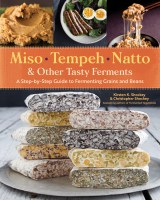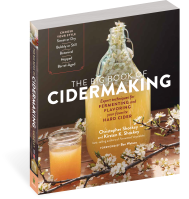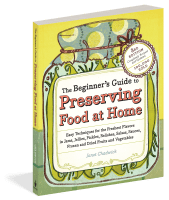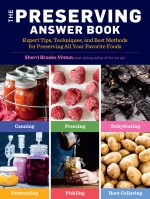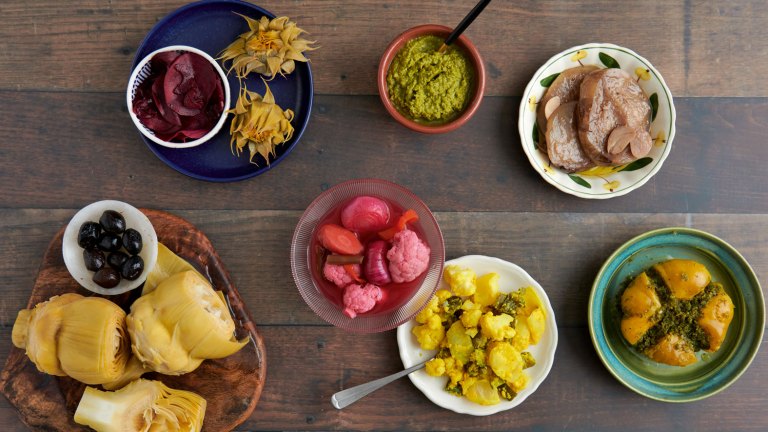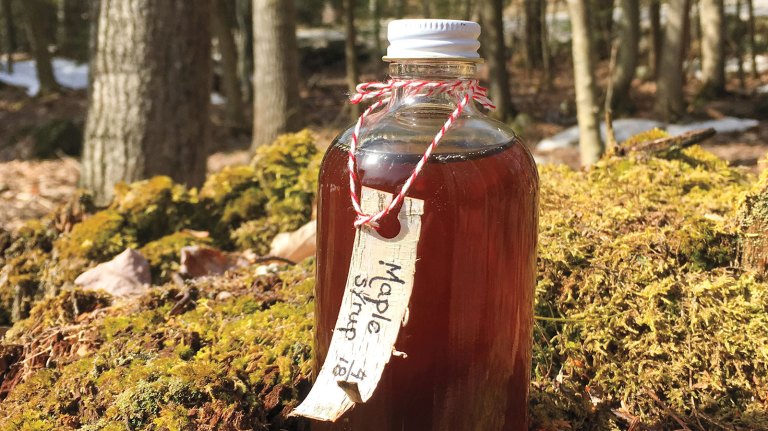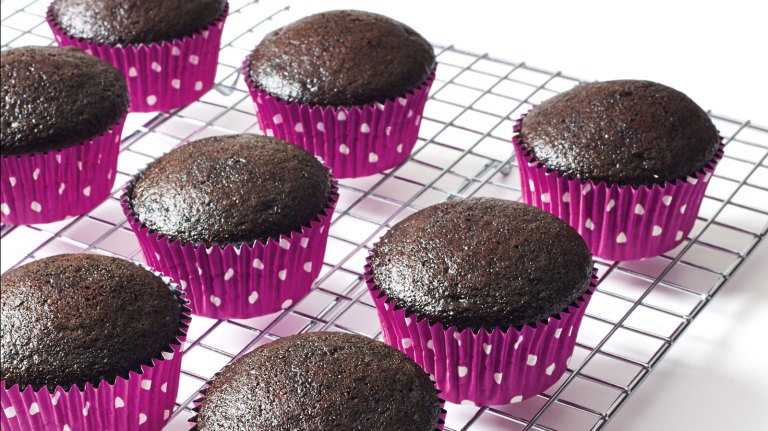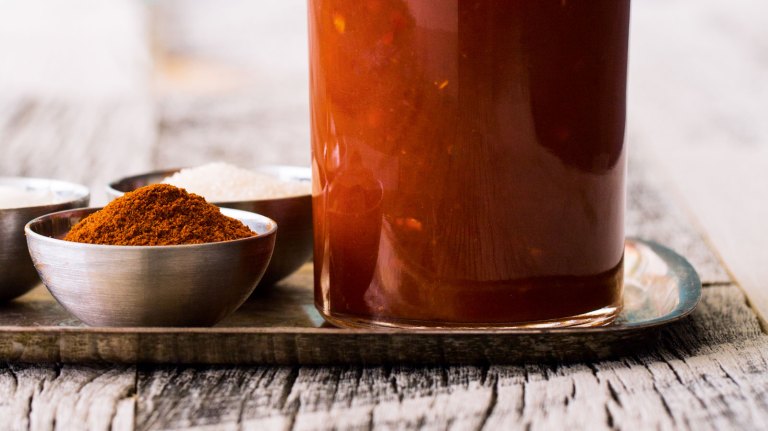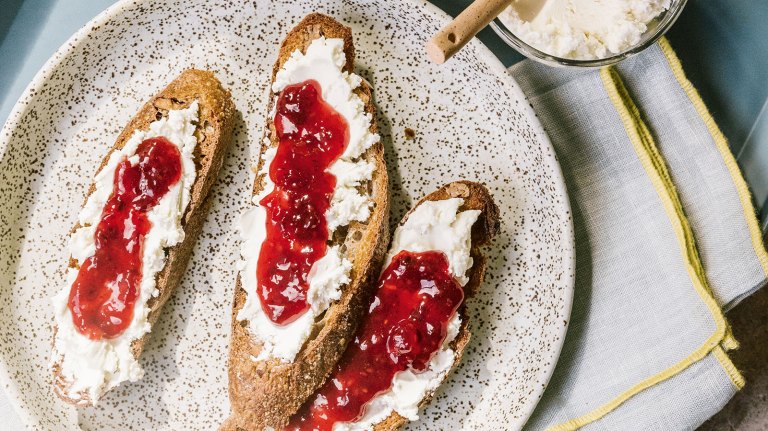Fermented Carrots, Three Ways
No matter how you slice (or grate) ’em, carrots make great ferments.
Carrots are wonderful vegetables to work with when it comes to lacto-fermentation. For one thing, they are just plain beautiful, and who doesn’t like jars of good-looking food on your refrigerator shelves? There’s more to fermented carrots than just their vibrant color, though. They are also delicious and versatile.
The greatest distinguishing factor in each of following three recipes — Carrot Kraut, Spicy Carrot Salad, and Fermented Carrot Sticks — is how you cut your carrots. Pickled carrot sticks are a whole pickle, with little surface area exposed to the brine. Kraut, on the other end of the spectrum, uses grated carrots. The more heavily chopped your carrots are, the more cell structure you break down and expose to the fermentation process.
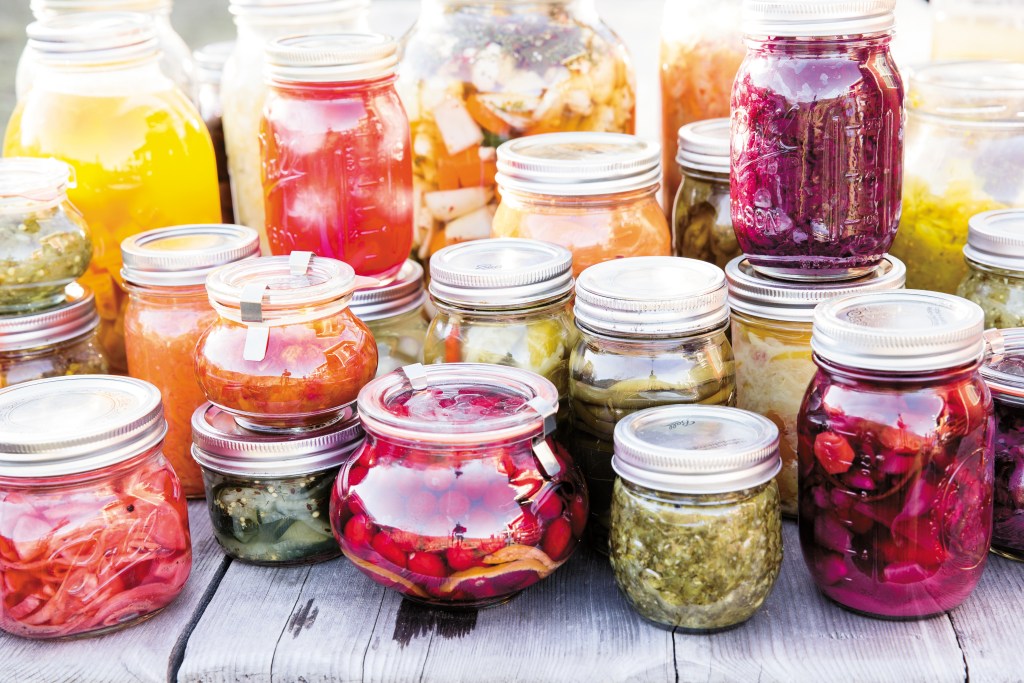
Texture and flavor will differ as well. The brine of the carrot kraut will be thicker and the texture of the ferment a little heavier than the slices in the carrot salad. The shreds in kraut will lend a stronger fermented flavor (which some people like to call funk) than the carrot sticks, which are just slightly soured. All three of these recipes are delicious, and even though they’re all essentially fermented carrots, you will find that you use each very differently on your plate. I invite you to try them all and explore how unique the resulting ferments can be.
General note: I tend to scrub my carrots and use them with the peel on. However, when carrot skin is dark and rough, it can also be bitter. If this is the case, peel your carrots first.
Carrot Kraut and Spicy Carrot Salad
For fermenting in a pint jar
The following fermentation method works for both the Carrot Kraut and the Spicy Carrot Salad.
Ingredients
Carrot Kraut
- ¾ pound carrots, grated
- ½ tart apple, grated
- 1 teaspoon finely grated ginger
- 1 teaspoon unrefined salt
Spicy Carrot Salad
- 1 pound carrots, sliced as thinly as possible with a grater or mandoline
- 1–2 fresh hot peppers, sliced (jalapeños, serranos, cherry bombs, or habaneros)
- Juice of one lime (zest is optional)
- 1-inch piece of ginger, thinly sliced
- 1 teaspoon unrefined salt
Directions
Prepare carrots and other vegetables according to the recipe. Sprinkle in the salt and massage the ingredients. (Note: You might want to wear gloves when working with chiles to avoid skin irritation.) As you work, the cell walls of the ingredients are broken down, and the mixture will become moist.
Press the mixture into a pint jar, releasing any air pockets. Press a ziplock bag against the surface of the mixture and fill the bag with water to act as a weight. Zip the bag closed. Alternately, screw a lid tightly on the jar.
Put the jar in a corner of the kitchen to cure. Watch for air pockets forming in the ferment. If you see them, remove the bag or open the lid and press the ferment back down below the liquid. If you see your jar lid bulging slightly, simply open the lid for a moment to release CO2 and “burp” the ferment. Be sure to replace the bag or retighten the lid after pressing or burping your ferment.
Allow the mixture to ferment for 5 to 7 days. You will know it is ready when there is a pleasing acidic smell to the ferment. It will taste pickle-y and may also have a bit of an effervescent zing. If you prefer a stronger sour flavor, allow your ferment to sit longer.
When it is ready, tighten the lid and store in the refrigerator. The ferment will keep, refrigerated, for 6 to 12 months.
Fermented Carrot Sticks
For fermenting in a pint jar or a crock
Ingredients
- 1 tablespoon unrefined sea salt
- 1 pint unchlorinated water
- About 1 pound carrots, peeled and cut into sticks
- A few sprigs of rosemary (optional)
Directions
To make the brine, add the salt to the water, and stir to combine.
Arrange the carrots in a jar, wedging them under the shoulder of the jar (or, if you are using a crock, leave 4 inches of headspace). Pour in the brine to cover the carrots completely. Reserve any leftover brine in the refrigerator. (The brine will keep for 1 week; discard thereafter and make a new batch, if needed.)
Tighten the lid of the jar completely. Set aside to ferment in a cool spot and out of direct sunlight for 7 to 14 days. Every day, or whenever you see a slight bulging of your jar lid, loosen the lid slightly so CO2 can escape; then retighten the lid. If brine bubbles out when you “burp” the jar, top it off with the reserved brine, if needed, to keep the carrots covered.
As the carrots ferment, the brine will get cloudy; this is when you can start to test your pickles. They’re ready when they’re pleasingly sour and pickle-y tasting, without the strong acidity of vinegar. If they’re not sour enough for your palate, continue to ferment longer.
Store in the refrigerator (in the same jar, lid tight). These will keep, refrigerated, for 12 months.
Excerpted from Fermented Vegetables © Kirsten K. Shockey and Christoper Shockey.



